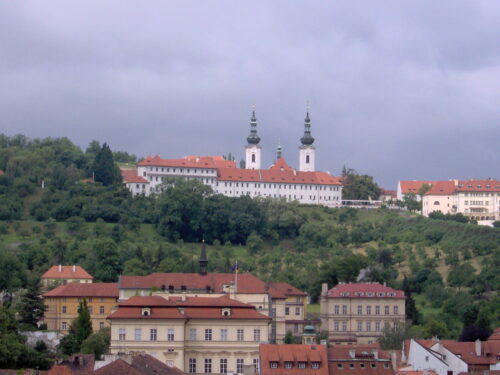Puberty
After the murder of his brother, Boleslaus I took control of the duchy. In 955 after a decisive victory over the Magyars in the Battle of Lechfeld, he managed to gain increased autonomy for his duchy which was also rewarded with the annexation of Moravia by Emperor Otto I.
It was around that time that the second seat of the Czech sovereigns, Vyšehrad Castle was first erected on a steep rock directly above the right bank of the Vltava river. The connecting road between Prague Castle and Vyšehrad Castle would develop into one of the most important routes of the Czech capital.
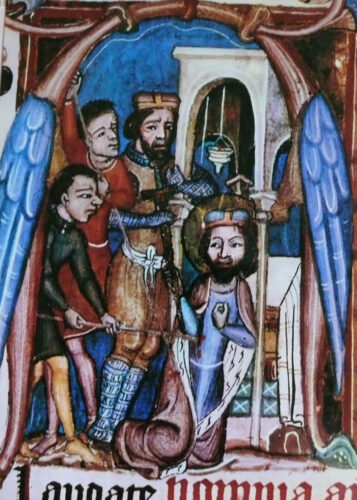
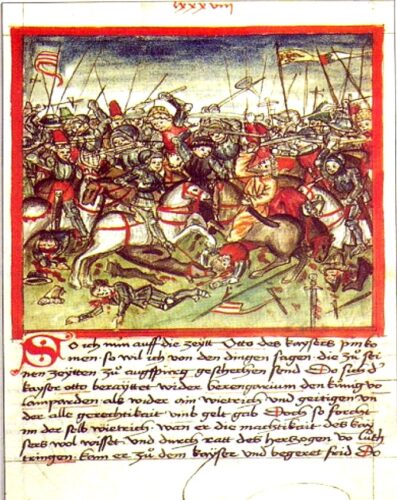

In the year 965, a Jewish merchant and traveler refer to Prague as a city “built from stone and lime” and “the biggest trade center” in the region while in 973 the city’s crucial role in the formation of the nascent Czech state is supplemented with the establishment of Prague’s episcopacy. The Bishop’s palace would be located on the grounds of Prague Castle. After the year 1000 AD, the medieval city started to expand on the right bank of the Vltava River around a large marketplace that would later evolve into the Old Town’s Square or Staromestske Namesti.
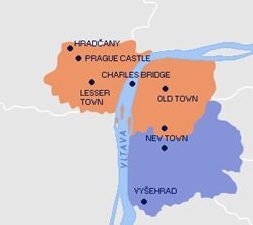
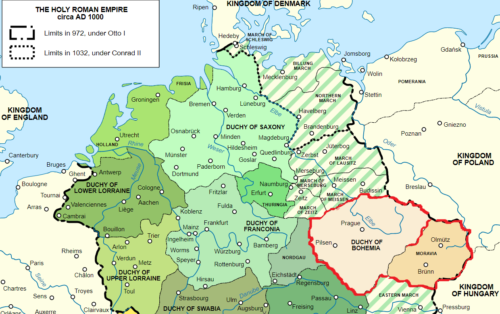
It was evident by then that the ones who controlled Prague, controlled Bohemia, with the Czech rulers re-asserting their power whenever they ensured the control of Prague. In 1085 Prince Vratislaus II rises to the title of the King of Bohemia and transfers the ruler’s seat from Prague Castle to the castle of Vyšehrad after he remodels it as a large complex, made up of a palatial residence, a church, and a seat of a chapter, richly endowed, independent from Prague’s bishop and subjected directly to the Holy See.
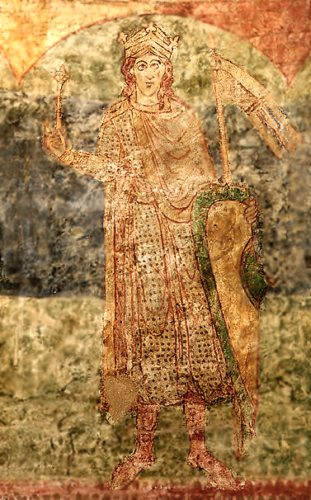
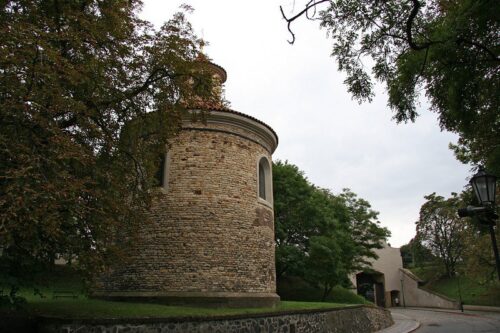
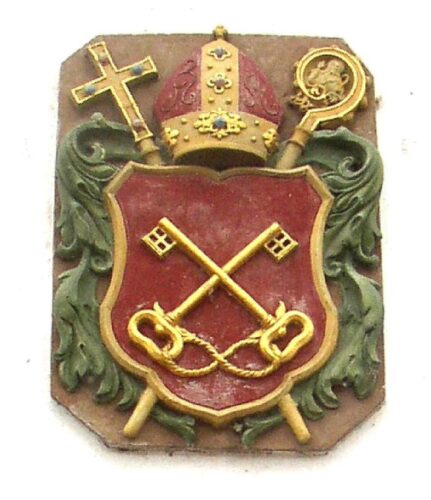
The title of the Bohemian duke had only been lifted to the royal dignity ad personam for Vratislav II by Emperor Henry IV and that title was therefore not hereditary. It would be upgraded again in the time of Vladislaus II in 1158 by Emperor Frederick Barbarossa as a reward for military support in the Imperial expeditions in Northern Italy.
King Vladislaus I (or Duke Vladislaus II) founded Premonstratensian Abbeys like the Romanesque Strahov Monastery and constructed the first stone bridge across the Vltava River in 1172, the second to be constructed in Central Europe. The bridge was named Judith Bridge in honor of his second wife. That bridge collapsed in 1342 and was replaced in 1357 by the world-famous for its beauty today Charles Bridge.
